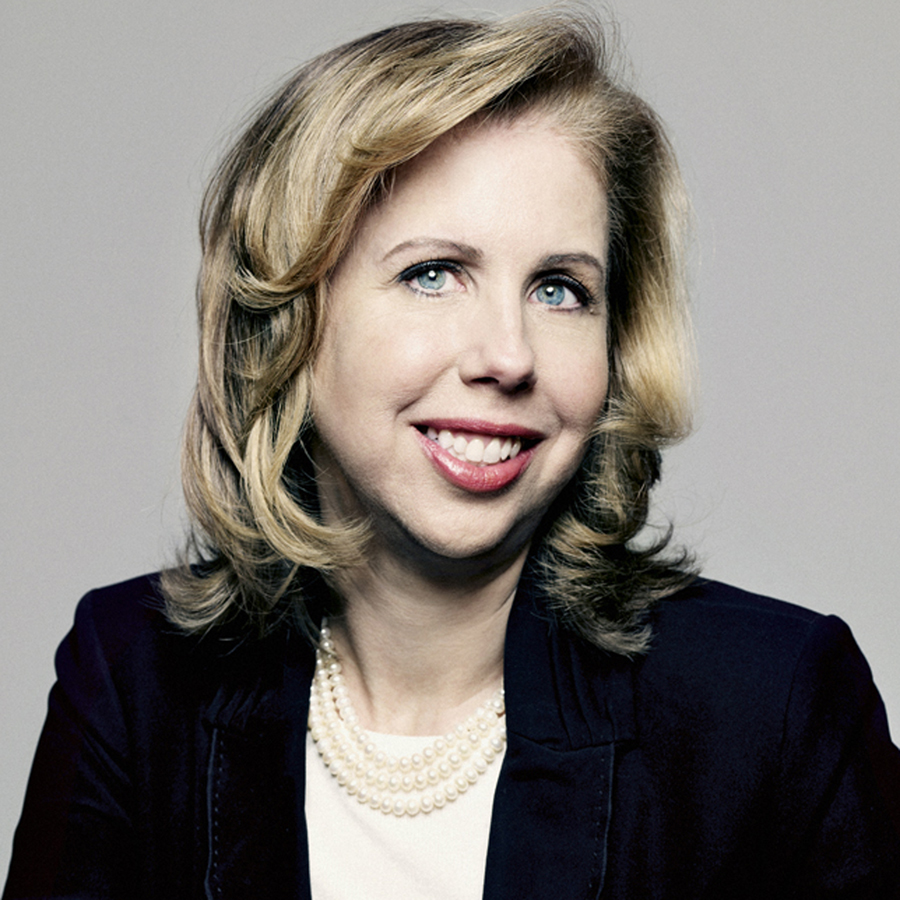
“Schism, bitterness, demands for violent solution, disenchantment with the way things are, fear of what may be–those are the forces, some would say the demons, that are loose in the U.S. …” That was the opening of TIME’s cover story on the Democratic Convention of 1968, an agony of violence and division that became an all-purpose reference point for the summer’s conflagrations. Now the violence in Baton Rouge, La., St. Paul, Minn., and Dallas has challenged faith in the rule of law at a moment when such faith is already in short supply, further inflaming an already raw political season. How exactly does the U.S. conduct the stringent self-examination that yields our next President, when the public mood holds more hurt than hope? Which of the candidates can speak to our common purpose, when the only things they have in common are red-carpet wealth and epic unpopularity? Who can hear voices of peace and reason over the din of emotional arsonists?
The campaign of 1968, during which the country had to absorb the Tet offensive, the murders of Robert F. Kennedy and Martin Luther King Jr., riots in our cities and then the revolt in Chicago, left people wondering what possible outcome on Election Day could heal so many deep wounds. Now as then, despair mutates into cynicism and weakens the muscles of citizenship.
But it is the very process of political participation that, over time, tames demons and salves division. It is painful because it genuinely matters. It can be polarizing because we don’t all think alike. The consoling paradox of campaign 2016 is that voters may be disgusted and disheartened, but they have not disengaged. They are also watching, listening, voting. Primary turnout was close to a record; debate viewership blew past that of any previous cycle. For the past year we have been exploring the stakes in this race and the issues on the table, from immigration and opioids to ISIS and entitlements. As the political world descends on Cleveland and then Philadelphia, TIME’s team of reporters, editors, photographers and videographers will provide minute-to-minute coverage of both conventions on TIME.com, including 360 video from the convention floor, daily Facebook Live streams and special convention editions of correspondent Zeke J. Miller’s politics newsletter; sign up at time.com/politicsemail.
Nancy Gibbs, EDITOR
GOLF’S A-TEAM
For his story (see page 56) on Jason Day, Jack Nicklaus and Jordan Spieth (center left to right), TIME’s David Von Drehle (far left) visited the trio at Muirfield Village Golf Club in Dublin, Ohio. Von Drehle–whose last golf game with his late father took place on that course–called the assignment “an unforgettable experience.” TIME captured their conversation about the state of the game. Watch the video, presented by Rolex, at time.com/golf-greats
COLLEGE BOUND
For its annual list of the best colleges in the U.S.–based on educational and financial value–Money magazine looked at how more than 700 schools stack up. See this year’s rankings (and why Princeton University is No. 1) at money.com/best-colleges
TRUMP SHOTS
Harry Benson has photographed Donald Trump since the 1980s–for example, in a helicopter en route to Atlantic City in 1987 (above). See some of his memorable pictures on page 46.
Please recycle this magazine and remove inserts or samples before recycling
More Must-Reads from TIME
- Cybersecurity Experts Are Sounding the Alarm on DOGE
- Meet the 2025 Women of the Year
- The Harsh Truth About Disability Inclusion
- Why Do More Young Adults Have Cancer?
- Colman Domingo Leads With Radical Love
- How to Get Better at Doing Things Alone
- Michelle Zauner Stares Down the Darkness
Contact us at letters@time.com